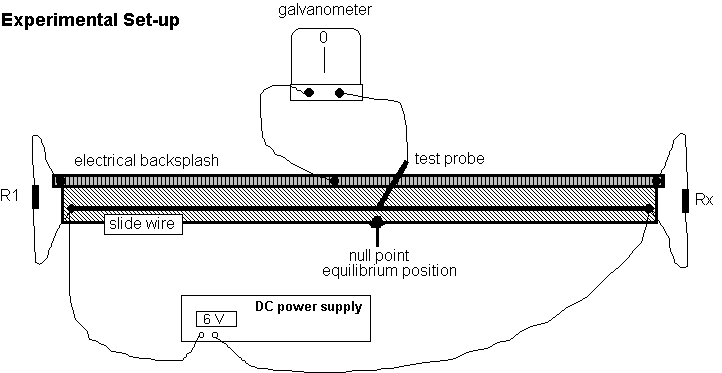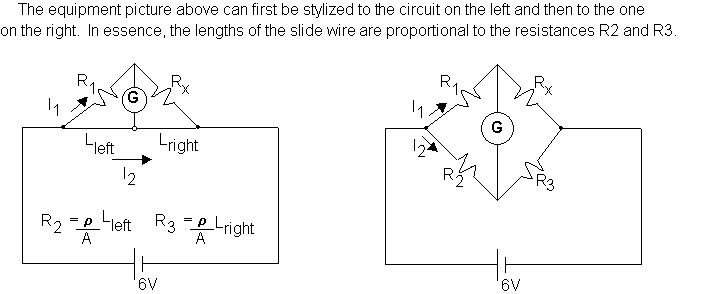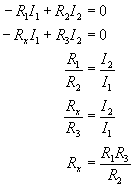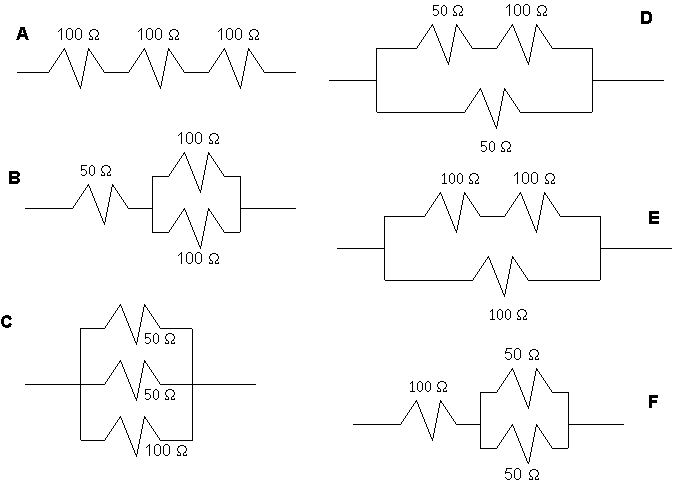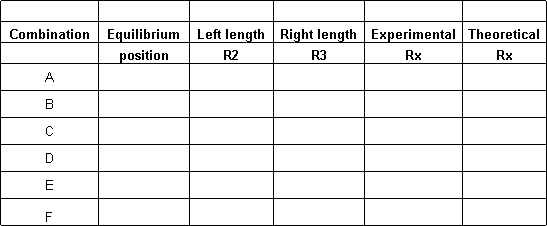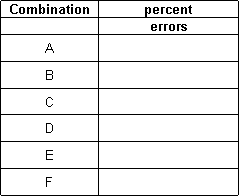AP Physics Resistor LAB: Wheatstone Bridge Equipment needed: slide-wire Wheatstone bridge Procedure: Initially, set-up your circuit as shown in the diagram below. Be careful to not accidentally release the slide wire - it is very difficult to reconnect! Since your leads have alligator clips, merely clamp them over the screwheads. Do NOT turn on the power supply until Mrs. Colwell has "okayed" your equipment. PLEASE, handle the resistors carefully - do not twist their leads, they break off VERY easily. The alligator clips are to help you "connect" the resistors into each of the combinations listed in the data chart on page 2.
Kirchoff's loop rule states that the sum of the voltage changes around a CLOSED loop in a circuit equals zero. Using this rule generates the following equations which when solved simultaneously can be used to determine an experimental value for the unknown resistance.
COMBINATIONS
Conclusions 1. Which combination (A through F) represented the largest resistance? the smallest resistance? ____________________________________________________________________________________ 2. Does combining resistors in series increase or decrease their effective resistance? What happens when they are combined in parallel? ____________________________________________________________________________________ ____________________________________________________________________________________ 3. In general, were your percent errors larger or smaller when the null point was
located in the middle third ____________________________________________________________________________________ ____________________________________________________________________________________ 4. Why was it important to only "tap" the test probe to the slide wire and not "hold it down" for extended periods of time? ____________________________________________________________________________________ 5. Why is this technique of measurement called a "null method?" ____________________________________________________________________________________ |
